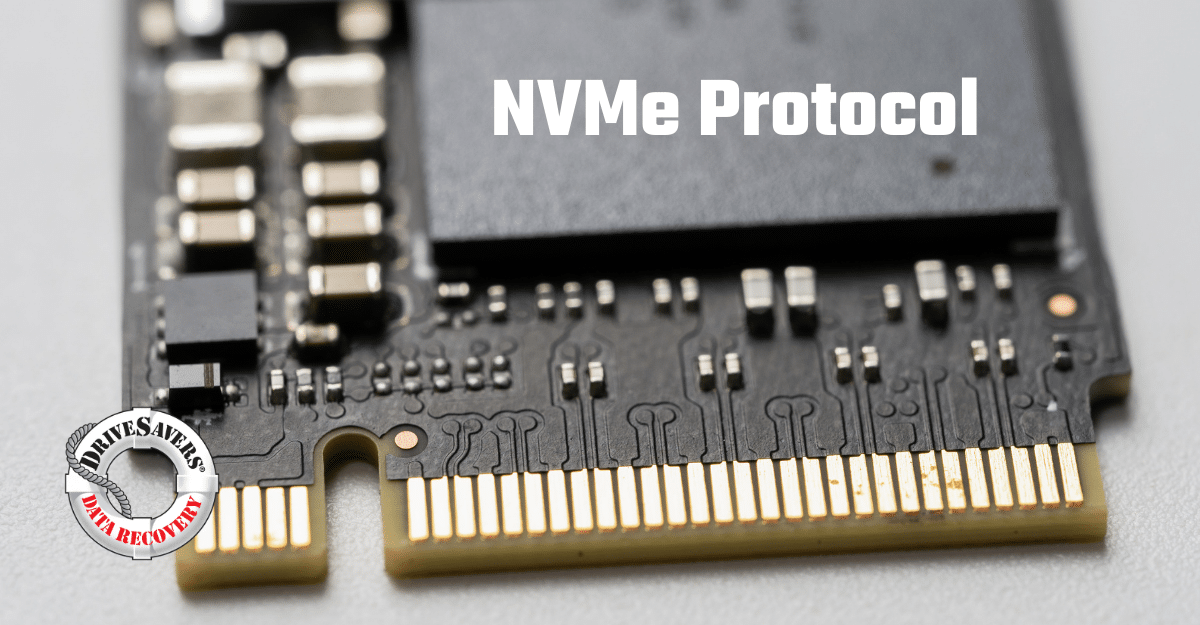Data storage technology is a rapidly changing space. Several decades ago, most of us were…
How Does a Flash Drive Work?

Flash drives are one of the most popular accessories of modern computing. Since their introduction in 2002, there are few users who don’t have at least one, or maybe even an entire drawer full, of flash drives at their disposal.
This pocket-sized storage solution, often referred to as a USB or “thumb” drive, is an easy way to quickly, securely and easily move data from one place to another. Whether you need to transfer photos, documents or even video content, a flash drive lets you move data with speed and security.
But given the prominence of email and file-sharing services, why do people continue to use flash drives? Isn’t using email or a cloud-based file share even more convenient than a typical flash drive, since no additional hardware is needed? Good point, but when files are sent over email or uploaded to the cloud, they’re almost always compressed to reduce the file size.
With a flash drive, no compression is needed so photos, videos and graphic-heavy presentations preserve their original file size and maintain their quality. This is one of many benefits of using a flash drive, but this advantage may leave you wondering, how does a flash drive work?
How does a flash drive work?
To learn the answer to the question, “how does a flash drive work,” you must first understand flash technology.
Flash memory is a solid-state storage solution with no moving parts and no need for a power source to spin a motor. This technology is in stark contrast with typical hard drives that have a motor requiring a more substantial power source. Within the flash drive, data is stored in cells protected by floating gates. Electrons are sent to the gate and “flash!” they alter the gate’s charge, allowing the cell to be rewritten.
Flash drives, specifically USB or thumb drives use a specific type of flash technology called NAND. NAND flash is known for speed. Using this technology to write to NAND is fast yet reading from NAND is even faster, making it an excellent choice for flash drives. USB flash drives divide data into small blocks called pages. NAND technology enables the drives to read and write many pages of data in a short period of time.
All this technology lives on a printed circuit board covered by an outer shell made of plastic or rubber. Whether it’s colored plastic, institutional gray or shaped like a cute animal, this is the part we hold and handle. On the other end of the drive is the USB port, the part we insert into the computer port. Physically, flash drives are pretty simple looking devices, but they pack a lot of power in their small, simple package.
How does a flash drive work on the computer?
Once plugged into the computer, a flurry of activity starts. The flash drive begins to act as a hard drive and enters emulation mode as soon as a connection is made. The device recognizes the USB and sees the block-structured logical units. This lets the machine use the correct program to read the information contained within the drive.
If you ever plug a USB flash into your computer and cannot find the drive, go to “My Computer” on Windows or “Finder” on a Mac and you should easily see your USB drive listed with all other available storage sources.
When you’re done with the flash drive, always take care to properly remove it by once again going to “My Computer” or “Finder, right-clicking and selecting “Eject.” This ensures your flash drive is removed safely and without inflicting any harm to your data.
Can a flash drive be used to network?
In short, yes. Flash drives can be used to operate lightweight operating systems, enabling PCs to act as networking devices. Flash drives aren’t used for this nearly as much as they are for storage, but networking a flash drive can be done.
When a flash drive operates as a network device, the device is loaded with an operating system to enable the network to boot. Many users prefer to use flash drives for this purpose over other devices, because they are far more reliable, require minimal power, and are small in size but big on storage.
What if a flash drive fails?
Flash drives, by design, will only write data to the drive for a predetermined number of times. Every flash drive is different and some will last longer than others. But eventually, and inevitably, your hardware will fail.
When your flash drive fails, there are a few things you can do. First, revert back to your last backup. You should be regularly saving your data to both a local and external device and maybe even a cloud-based storage solution.
If you haven’t backed up, don’t lose hope. Do your best to properly eject the flash drive from your computer. Do not keep the drive plugged in, in an attempt to fix the problem yourself. Despite your best intentions, you’ll probably make the problem worse and maybe even irreversible.
The best course of action is to contact DriveSavers to help you retrieve your data. Our skilled data recovery specialists will do everything they can to completely recover your information.



